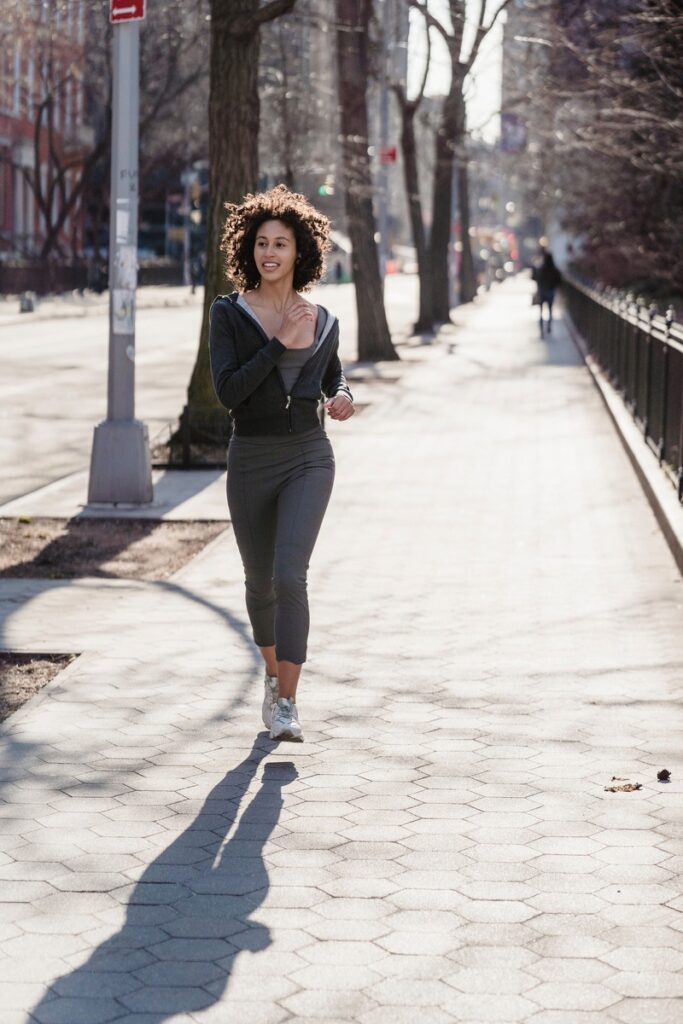Jumpstart your fitness journey with my ultimate beginner guide to cardio exercises for beginners. Discover the best workouts, safety tips, and motivation to get started.
From Couch to Cardio: A Beginner’s Cardio Guide to Starting Your Fitness Journey
Why Cardiovascular Exercise is Important for Beginners
Starting a fitness journey can be daunting, but incorporating cardiovascular exercises into your routine can make all the difference. Cardiovascular exercise, also known as cardio, is a type of physical activity that increases your heart rate and gets your blood pumping. It’s considered an essential component of any workout routine, especially for beginners. The benefits of cardiovascular exercise are boundless.
Not only does it improve your overall health, but it can also have positive effects on your mental and emotional well-being. When you engage in cardio exercises, it releases endorphins- the “feel-good” hormone, which increases happiness and reduces stress levels. Additionally, regular cardiovascular exercise reduces the risk of developing chronic diseases such as diabetes and heart disease. So, if you want to start feeling good inside and out – cardio is the way to go!

First Be Sure to Speak to your Doctor Before Starting Any Exercise Routine
Before embarking on any cardio workout or exercise program, it is essential to consult with your doctor. Your doctor will assess your health condition, provide personalized guidance, and ensure that you can safely engage in cardiovascular activities. Prioritizing your well-being and seeking professional medical advice will help you create a tailored workout plan that aligns with your needs and maximizes the benefits while minimizing any potential risks.
How to Get Started
Starting a fitness journey can be daunting, but it doesn’t have to be! With the right mindset, a few simple tips, and this beginner cardio guide, you can kickstart your cardiovascular exercise routine and achieve your goals. The first thing to keep in mind is that everyone starts somewhere. Don’t compare yourself to others who may have been working out for years. Instead, focus on your journey and progress.
One tip for beginning your cardiovascular exercise routine is to start slow and gradually increase the intensity over time. For example, if you’re starting with walking, begin with a 10-minute walk around your neighborhood every day for a week or two. Once you feel comfortable with that, increase it to 15 minutes per day for another week or two before eventually building up to longer walks or other types of cardio exercises. Remember that consistency is key when it comes to building an exercise habit.
Tips for Beginners
When starting any new fitness routine, it’s important to take care of yourself both physically and mentally. Here are some tips for beginners:
- Wear comfortable workout clothes and shoes: This will make it easier for you to move comfortably while exercising.
- Stay hydrated: Drink water before, during, and after your workout sessions.
- Listen to your body: Stop immediately if something feels painful or uncomfortable. It’s okay if you need more time before progressing with certain exercises.
- Incorporate strength training: Adding bodyweight exercises like squats or lunges into your routine can help build muscle and improve overall fitness.

Setting Realistic Goals
Setting realistic goals is crucial when starting a new fitness journey because it helps keep you motivated along the way. Your goals should be specific, measurable, achievable, relevant, and time-based (SMART). For example:
- Specific: “I want to complete a 5K race in three months.”
- Measurable: “I want to lose 10 pounds in the next two months.”
- Achievable: Set goals that are within your current fitness level and abilities.
- Relevant: Make sure your goals align with your overall fitness journey.
- Time-based: Set a specific timeline for achieving your goals. Remember, it’s okay to adjust your goals as you progress. The most important thing is that you keep moving forward and don’t give up!
Beginners Cardio Guide for the Best Exercises
Cardiovascular exercises are excellent for improving overall fitness and burning calories. Choosing the right cardio exercise that will work best for beginners can be overwhelming. However, there are several effective and safe options. Below are four of the best cardiovascular exercises for beginners.
Walking
Walking is one of the most straightforward cardiovascular exercises that anyone can start with. It’s a low-impact activity, so your joints won’t be under too much strain or pressure. Walking is also an excellent way to get some fresh air and scenery while getting fit at the same time.
When starting, begin with short walks around your neighborhood or local park with a comfortable pace you can maintain over time. As you progress, increase your distance or pace gradually.
Jogging/Running
Jogging or running can burn significant calories and improve cardiovascular fitness levels in a short amount of time. However, it requires more effort than walking. It’s essential to start gradually if you’re new to this type of exercise. So as not to put too much stress on your body too soon. Start by jogging in intervals (e.g., a 1-minute jog followed by a 1-minute walk) until you build up enough endurance to jog continuously.
Cycling
Cycling is another low-impact activity that provides an effective cardiovascular workout while being gentle on your joints. It’s also an excellent way to explore different terrains while getting fit at the same time. You can cycle outdoors or indoors on stationary bikes at home or in a gym.
Swimming
Swimming is a fantastic total body workout that creates minimal impact on joints. It provides great cardio benefits, especially for those who may have mobility or joint issues. It’s also an excellent exercise for those in hot climates, as it is a great way to cool off during the summer months. Swimming can be done at your local pool or even in open water if you know how to swim safely.
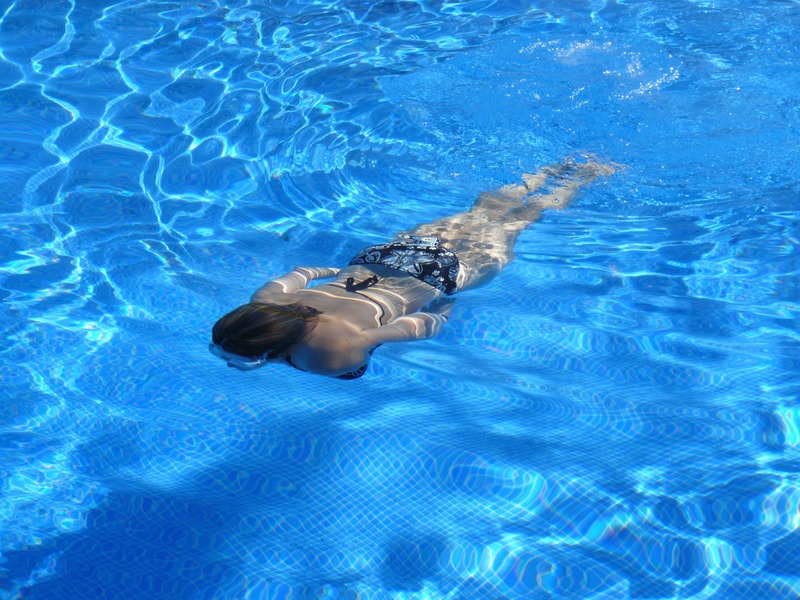
All four of these exercises are great ways to build cardiovascular fitness while being easy on your body. They can all be adapted to suit your needs and experience level. Remember always to start slowly and gradually increase intensity as you progress.
Safety Precautions to Consider
Proper Form and Technique
When starting a new exercise, it’s important to pay attention to proper form and technique. Proper form helps you avoid injury and ensures that you’re targeting the right muscles. For example, when jogging or running, maintain an upright posture with your head up, shoulders relaxed, and arms at your sides.
Keep your feet pointed straight ahead, striking the ground with the midfoot or forefoot first, then roll through to your toes. For cycling, make sure the bike is adjusted properly for your height.
When pedaling, keep a slight bend in your knees at the bottom of each pedal stroke. Make sure you’re not putting too much weight on your hands or wrists. Swimming requires proper breathing techniques to avoid inhaling water as well as using correct strokes for maximum efficiency.
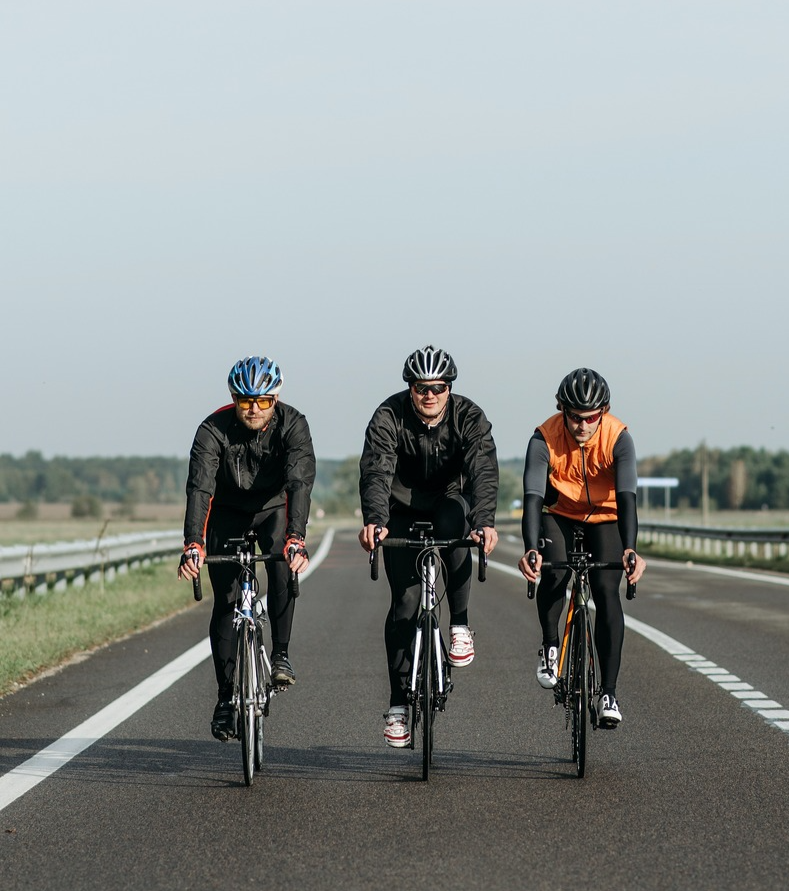
Warm-up and Cool-down Exercises
Before starting any cardiovascular exercise routine, it is essential to warm up properly by doing some light stretches. You can also do exercises such as walking or jumping jacks for 5-10 minutes. This will help increase blood flow and oxygen delivery throughout the body.
After completing a cardiovascular workout routine, it is important to cool down gradually. Decreasing intensity over time before coming completely to a stop. Take 5-10 minutes after exercising for some gentle stretching. Focus on all major muscle groups that were targeted during the workout.

Listening To Your Body
One of the most important safety precautions when starting any fitness journey is listening carefully to what our body is telling us. It’s okay if we cannot complete an exercise because of pain or fatigue. We can take a rest and try again later at our own pace.
Paying attention allows us to modify our exercises accordingly so they are more comfortable for us while still providing benefits. If you experience any pain while exercising, then stop immediately to avoid further injury and seek medical attention if needed.
Always start with shorter workout sessions, gradually increasing intensity and duration over time. Remember that the ultimate goal is to improve your health and fitness. So, listen to your body carefully and you will be rewarded with increased energy levels, more stamina, and a happier outlook on life.
Beginner’s Guide to Stay Motivated
Starting a fitness journey can be exciting, but it can also be challenging. Sticking with your exercise routine can feel like an uphill battle, especially when you hit a plateau or experience setbacks.
So, how do you stay motivated? One way is by finding an exercise buddy or group.
Finding an Exercise Buddy or Group
Exercising with friends or a group can make your fitness journey more enjoyable and help keep you accountable. Having someone to share the experience with can help motivate you on days when you don’t feel like working out. Plus, it’s a great way to socialize while getting fit!
You could ask a friend or family member to join you on your fitness journey or look for local exercise groups online. Another benefit of having an exercise buddy is that they can challenge and inspire you.
You might find yourself pushing harder during workouts than if you were exercising alone. Additionally, having someone who shares similar goals as yours can provide a support system. This helps keep you motivated throughout your journey.
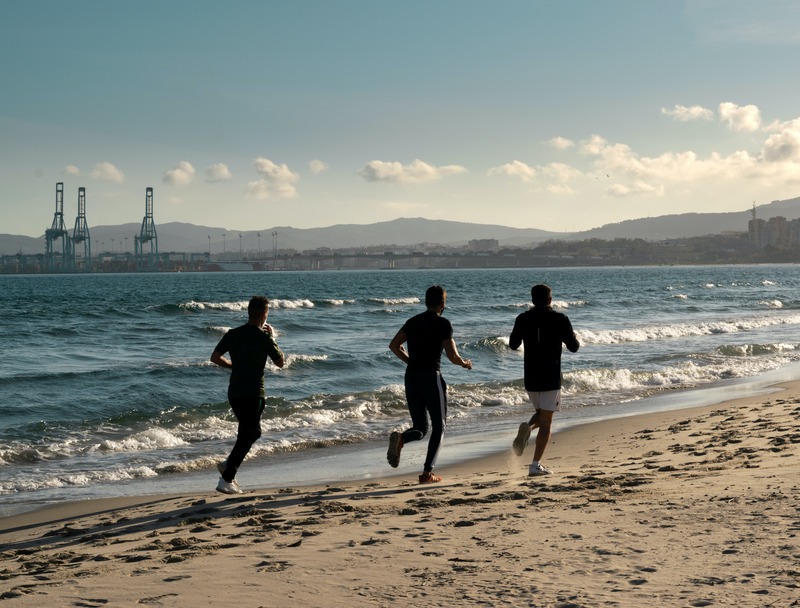
Tracking Progress and Celebrating Milestones
Another way to stay motivated is by tracking progress and celebrating milestones along the way. This can include keeping track of how far you’ve walked or run each week. How many laps in the pool you’ve accomplished, or how many weightlifting reps increase over time.
Recognizing progress and celebrating milestones creates momentum and reinforces positive habits that help keep the motivation going. When we see measurable results after putting in hard work, it’s easier to stay committed to our goals.
To wrap up this section of the Beginner’s Cardio Guide. Finding an exercise buddy/group and tracking progress are two effective ways for staying motivated on your fitness journey. Regardless of what approach works best for your personality type. Make sure it’s one that keeps pushing towards achieving those goals!
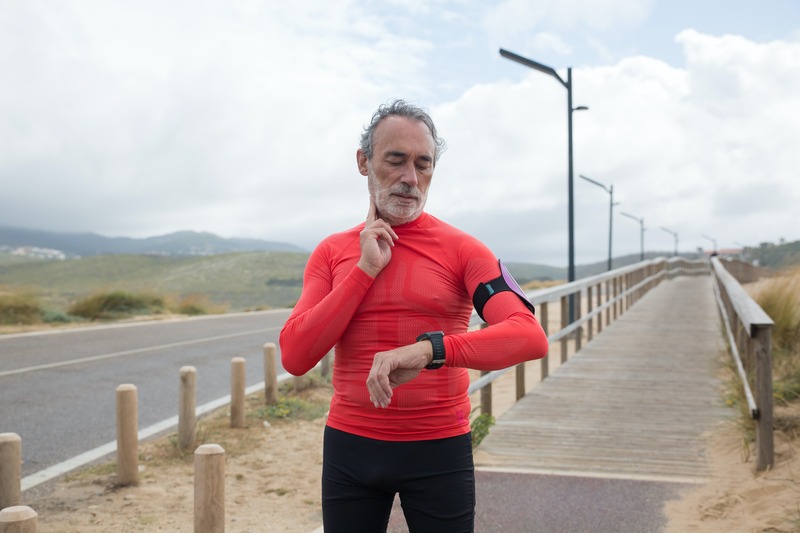
Conclusion
Cardiovascular exercises are an essential part of any fitness journey. They help improve heart health, increase endurance, and burn calories. For beginners, cardio exercises are a great way to ease into fitness. It also helps you to start building a solid foundation for future workouts.
By reading this Beginner’s Cardio Guide, you’ve learned that by incorporating cardio into your routine, you’ll boost your overall health. It helps reduce the risk of chronic diseases like heart disease, diabetes, and obesity. Additionally, cardiovascular exercise has been shown to improve mental health by reducing stress levels and boosting mood.
Encouragement to Start a Fitness Journey
Starting a fitness journey can be daunting. Remember that it’s never too late to start making positive changes in your life. Begin by setting realistic goals and finding an exercise routine that works for you. Whether it’s walking around your block or hitting the gym for a spin class, every little bit counts.
Remember that progress takes time and effort – don’t get discouraged if you don’t see results right away. Focus on consistency and making exercise a part of your daily routine. You can always refer back to this beginner cardio guide as a refresher.
And most importantly, have fun! Find activities that you enjoy doing so that exercising becomes something you look forward to rather than dread.
So go out there and kickstart your fitness journey today! You’ll be amazed at what you can achieve when you put in the effort.
If you want to set goals and need inspiration on how to get started and achieve your goals, click here.
How do you enjoy your workout without realizing you are working out? Click here to find out!
Remember to always KEEP YOUR LIFE ANCHORED! – Kyla Nguyen
Share this post: on Facebook

